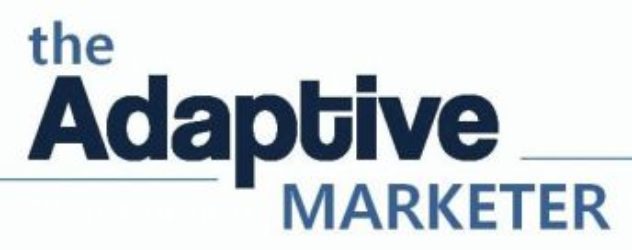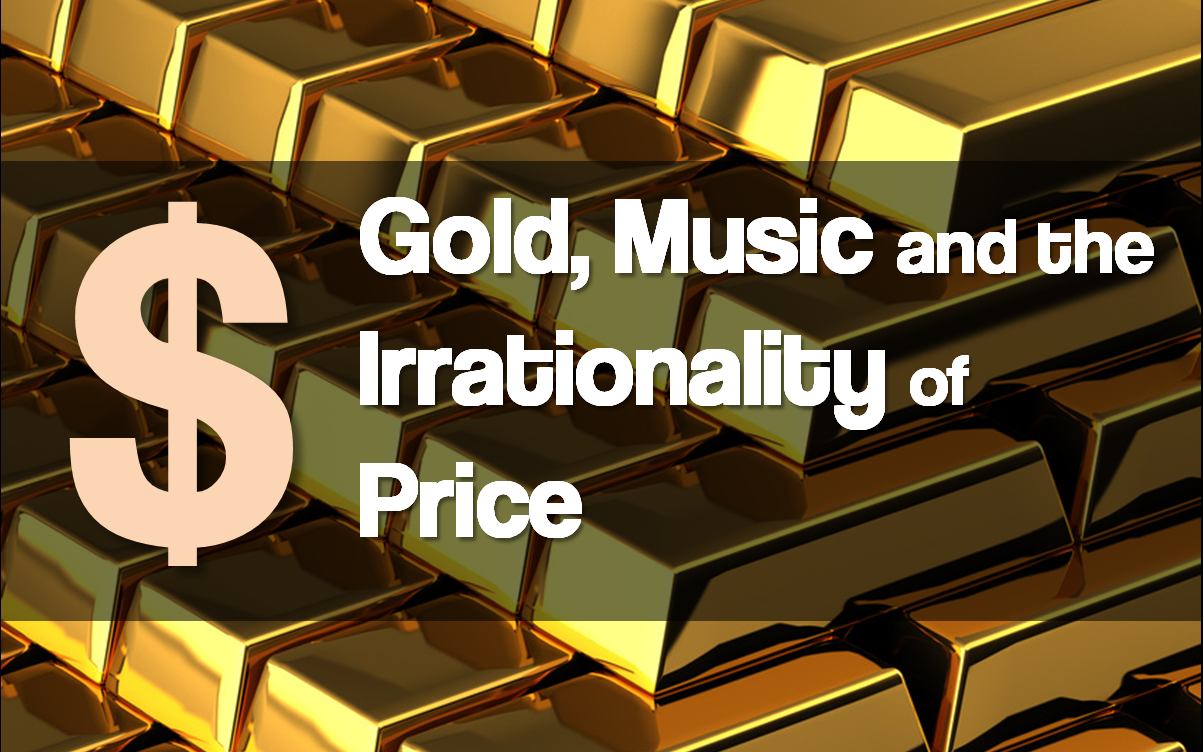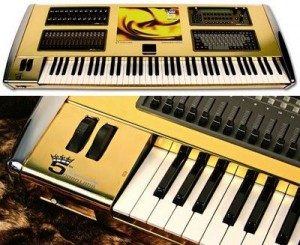What would happen if you doubled the price of your products? How about if you increased them five-fold? Would customers still buy them?
This post tells the story of a company that did just that – by accident.
My friend Sean was working at Open Labs, a company in Austin which provided keyboards to studios and musicians, focusing on high-end products. The keyboards they made started around $4K. Some of their customers included Madonna and Justin Timberland.
The company was small, but thriving. They did little to no marketing. Most of their sales resulted from word of mouth.
With their five year anniversary approaching, someone came up with a great idea for a publicity stunt. As a joke, the company took a picture of one of their standard keyboards, used PhotoShop to make it look as if it were made of gold, and then featured it on their website as their five year anniversary edition. A 24K gold keyboard for $24K sounded very cool, but surely no one would buy it – or so they thought.
Sean then went on the road to a trade show. When he came back, there were three orders, fully paid for.
The company had not even thought about how to manufacture it, the logistics of getting them produced or even how gold would affect the resonance of the musical instruments. Nevertheless, the orders were in and they had to find a way to deliver.
The golden keyboard made history as Prince’s band played it in the 2008 Super Bowl half time show.
Lessons Learned
This is a fun story that provides important insight to marketers.
– First, a reminder that people buy based on emotions. Functionally, there was nothing superior about the gold keyboard. It worked exactly the same as the standard metal keyboard. There was no rational way to justify spending $24K for a musical instrument when one that only costs $4K would work exactly the same.
– You could be leaving money on the table. The value your customers associate with your products and the amount you charge may not be the same. As the story of the Concorde pricing proves, misunderstanding value could be the difference between success and going out of business. Sometimes, a higher price can result in higher sales.
– Be Bold. Sometimes bold ideas can fly. However, you need to be open to ideas that may lay outside of your comfort zone. A $24K keyboard initially served as a joke within the company, but soon became a reality as customers flashed their credit cards and the orders came in.
– Premium products go beyond functional capabilities. It’s a good idea to think about your product portfolio and whether or not there is room for a premium product or service. But don’t limit your thinking in terms of what specs your product can deliver. You need to understand how your product makes your customers feel, and what emotional needs you can satisfy.
Conclusion: If you assume customers see value in a purely rational way, and that your cost of goods plus markup should determine prices, you could be missing out on a golden opportunity.


